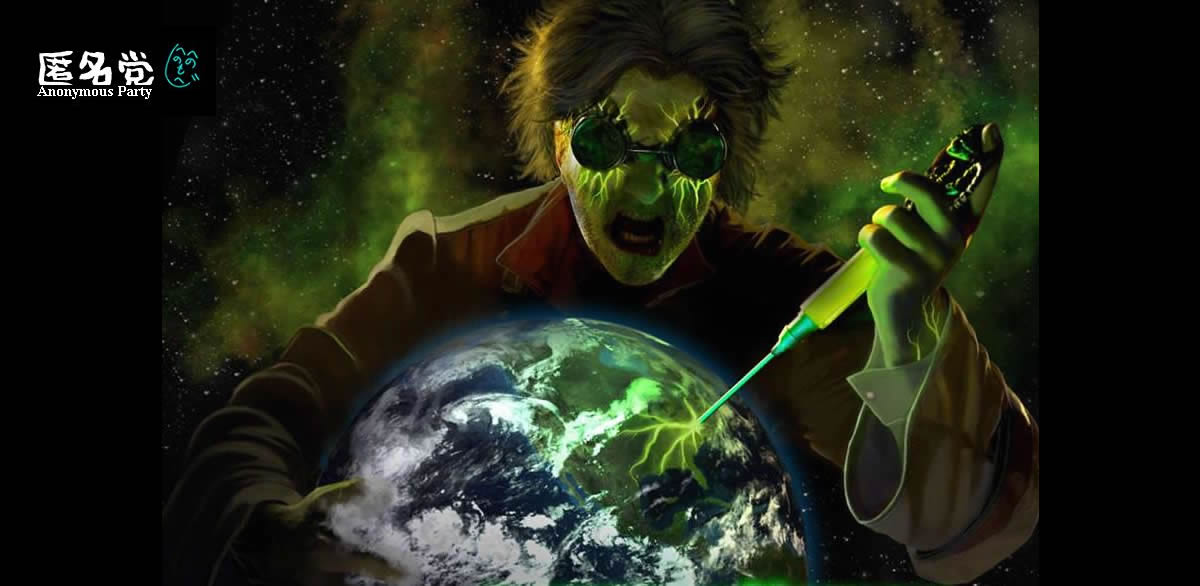→独立運動団体「光復会」
独立運動団体「光復会」は11日、日本政府が10日に閣議決定した日韓併合100年にあたっての首相談話に反発する声明を発表し、「日本の天皇による具体的な謝罪」を求めた。韓国では多くのメディアが、光復会の会見について報じている。
同日午前、ソウル市汝矣島(ヨイド)で記者会見を開いた光復会は、「独立運動団体を代表した光復会の要求」と題した声明を発表。「日韓強制併合は強圧と違法により成り立ったものであり、無効であることを認めるべき」とし、「日本総理の偽りの謝罪より、日本の天皇の率直で具体的な謝罪を促す」と主張した。
さらに、キム・ヨンイル光復会長は、「強制占領により犠牲となった我が独立運動烈士や被害者に、日本の天皇がひざまずいて謝罪する姿を見せない限り、いかなる行動も韓国国民を欺瞞(ぎまん)することになる」と天皇による謝罪を強く求めた。
竹島(韓国名:独島)問題についても言及し、「歴史的、法的、実行的に韓国固有の領土であり、日本は独島の領有権主張を永久に撤回すべき」と主張。南北分断の根本的な原因は、日本による違法な侵略と統治によるものだとし、日本は南北統一に向け積極的な努力をすべきだとした。
韓国では首相談話に関するニュースが、連日に渡り報じられている。首相談話については、一定の評価を示す意見と、補償問題などが含まれていないことから「不十分だ」とする意見で評価が分かれている。(編集担当:新川悠)
、、、(w




![独立運動団体が首相談話に反発「天皇による具体的な謝罪」を要求ー韓国 2010/08/12(木) 13:22:17 [サーチナ] http://news.searchina.ne.jp/disp.cgi?y=2010&d=0812&f=national_0812_090.shtml](http://kwout.com/cutout/n/dv/iz/8pm_bor.jpg)
14 件のコメント:
アップルが特許訴訟で全面勝利、サムスンに825億円支払い命令
http://jp.reuters.com/article/jpMobile/idJPTYE87N05E20120825
>同じ穴の狢な件。(爆
相応の処分が必要のようですなw
世界のイラナイ子確定w
Japan
The Japanese Empire was ruled by Emperor Hirohito (1901-1989) since 1926. The empire
included Korea and Formosa, as well as Japan. He had full executive power, with the advice
of his Cabinet and Privy Council. He exercised legislative powers with the consent of the
Imperial Diet. It consisted of a House of Peers and a House of Representatives. The 404
peers included princes, counts, barons, and men of great wealth. The representatives were
voted into office. The Emperor’s cabinet was dominated by military officers.
Although the Emperor was the head of state, he was not the head of the Japanese
government. From the early 1930s to the end of the war, the military was responsible for
giving most of the orders. This was accomplished by having a general as the Prime Minister
and by using the government to control the population and any organizations that might
threaten military control.
The most powerful person in Japan, the Prime Minister, was appointed by the Emperor
on the advice of his principal advisers and elder statesmen. The military leaders, after
assassinating two civilian Prime Ministers, in 1932 forced the emperor to appoint the first of
a succession (with a few short-term civilians) of generals or admirals as Prime Minister.
Japan began expanding its empire in September 1931, with a conquest of northeastern China.
The League of Nations condemned Japan in 1933, and Japan quit the League. In November
1936, Japan signed the Anti-Comintern Pact with Germany, to form a common interest
against threats by the Soviet Union. Japan moved again against China in 1937 and by 1939
seized many of China’s important cities. Japan also created the Great East Asia Co-Prosperity
Sphere that was intended to form a new balance of power in the Pacific. In July 1939 the
United States notified Japan that it was terminating the 1911 U.S.-Japanese commercial
treaty, cutting Japan off from vital imports. After the Germans won the battle of France and
installed the Vichy Regime, Japan, about to sign the Tripartite Pact and become a member of
the Axis, got German approval to occupy French Indo-China. In April 1941, Japan and the
Soviet Union signed a neutrality pact that contained a Soviet pledge to respect the borders of
the puppet state of Manchukuo. This pact gave Japan protection on its Soviet flank.
The military-dominated Japanese Cabinet expelled the remaining moderates and in July
1941 ordered a Japanese invasion of the rest of Indo-China. The United States responded
by freezing all Japanese assets in the United States and cutting off all oil exports to Japan.
Prime Minister Fumimaro Konoe tried to work out a diplomatic solution to the growing
crisis but he resigned and was replaced by Minister of War Hideki Tojo (1884-1948). He
demanded the United States must end aid to China, accept the Japanese seizure of Indo-
China, resume normal trade, and not reinforce U.S. bases in the Far East. The United
States Secretary of State on November 26, 1941 informed Japanese diplomats that the
Japanese must withdraw from China and Indo-China. Tojo responded by ordering an attack
on Pearl Harbor, Hawaii, and the Philippines. These took place in December 1941.
During the war Tojo transformed a political organization, the Imperial Rule Assistance
Association, into a virtual government agency for controlling industrial, agricultural, and
patriotic groups. Tojo reorganized his cabinet in 1943, bringing in industrialists and financial
experts. He also became almost a one-man Cabinet, holding down the posts of Prime
Minister, Foreign Minister, Minister of War, Minister of Education, Minister of Munitions, and
Chief of the General Staff. Tojo’s Cabinet crumbled soon after the fall of Saipan in June
1944. A new Cabinet was organized on July 22, 1944, with Gen. Kuniaki Koiso as its leader.
It lasted until April 4, 1945. On April 9, Adm. Kantaro Suzuki formed a Cabinet dominated
by elder statesmen. He began efforts to end the war. On July 26, a proclamation was
issued from the Potsdam Conference that said the Allies agreed that Japan would be given
an opportunity to end the war and if they did not, the alternative was “the utter devastation
of the Japanese homeland.”
The Cabinet was still debating how to surrender on August 6, 1945 when an atomic bomb
was dropped on Hiroshima. Two days later the Soviet Union, ignoring a neutrality pact,
declared war on Japan and sent troops into Japanese-held Manchuria. On August 9,
the United States dropped an atomic bomb on Nagasaki, but the Japanese Army did not
surrender. However, on August 15th the Emperor announced Japan’s surrender without
actually using the word. After some minor negotiations, the United States announced the
end of the war on August 14, 1945. The Japanese formally surrendered on September 3,
1945.
The occupation began in late August and by the end of 1945, nearly a dozen divisions were
in the country, including a combined British Commonwealth task force. The occupation was
supposed to be supervised by the Allied Control Commission, which included representatives
of all the Allied powers, including the Soviet Union. In practice, however, the commission
yielded real power to Gen. Douglas MacArthur, the Supreme Commander for the Allied
Powers (SCAP). A treaty of peace was signed with the Japanese in 1951 and in 1952 Japan
was again allowed to run its own affairs. U.S. military occupation would continue until
1955, but as of 1952 the United States had no direct role in Japanese internal affairs.
http://www.archives.gov/iwg/reports/final-report-2007.html
japanese-war-crimes-guide.zip
site:www.archives.gov/iwg/
天皇陛下に土下座要求するなら、米帝様にもご意見を。
読まない 読めない 食い逃げ 伝言 百田害あって一利無し。
>根底にあるのはA級戦犯を徹底的にDISって売国奴扱いしない日本サイドの歴史認識問題
>日本人の真の敵は左右問わずA級売国奴たるA級戦犯を正当化して擁護する自称日本人
日本人の無責任体質のせいなの?
左右にバイアスがかかっているからDISるための詳細な資料が要るの?
えーっ、そうなの?
そういう次元の問題なの?
東京裁判の logic を courtesy する、ということ。
logic を無視して、字面のみを解釈する行為そのものが「常識が破綻している」ってことじゃないの?
logic に関心がないままに、自分の好きな誰かさんがこう言っているからそれが正しいんだ的に、ただ伝言されていくことは無益であるばかりでなく極めて有害で、そこに生まれる貧しい小賢しさが、また国益を損ねる。
それが居心地が良いわけだから、ほんとうにコワイことなのよ。
土下座で謝罪はなさらないが、両国の関係の総括という意味において、政治の限界という点で、逆説的だが政治的な決断があるのかもしれない。
御高齢でありながら命がけで象徴としての役割を全うされておられて、この選択が現政権において決定された場合のインパクトが論議されないはずはない。
NHKで2日間の象徴天皇をめぐる特集が組まれ、天皇というシンボルの有用性について、丹念に意図的に織り込まれて編集されていた印象が強い。
番組自体は総花的で個人的にはアレだった。
中央日報
https://japanese.joins.com › jarticle
「韓国人に謝罪すべき」 日本戦後を代表する作家の大江健三郎氏が死去
2023/03/14 — 故人は韓日関係にも大きな関心を持ち、日本政府が慰安婦問題に関して韓国に積極的に謝るべきだと求めた。安倍晋三元首相の執権2期目だった2015年3月、延世(ヨンセ)大学で開かれた「延世-金大中(キム・デジュン)世界未来フォーラム」に参加して「日本はどれほど謝罪しても充分でないくらいの大きな犯罪を韓国に犯した。ところがまだ韓国人に日本は十分に謝罪していない」と指摘した。
コメントを投稿